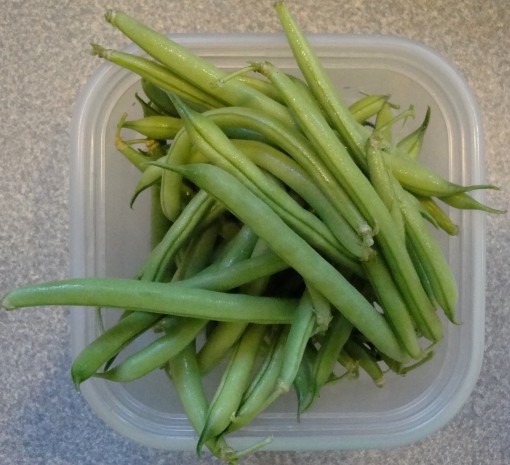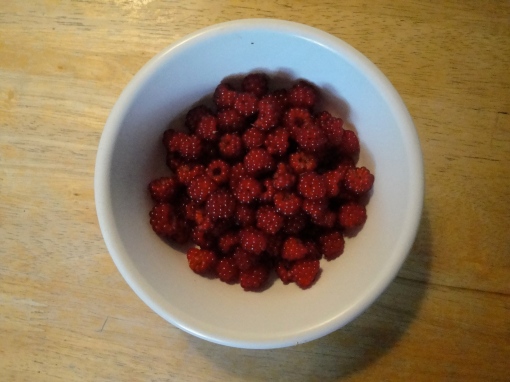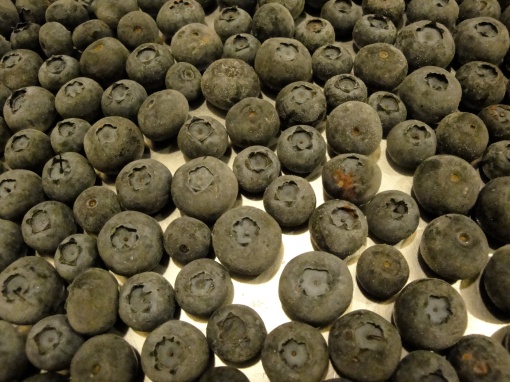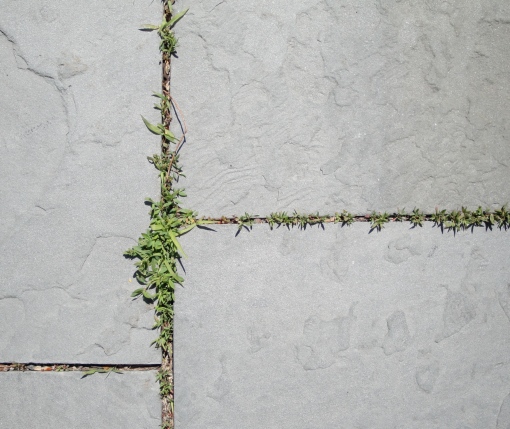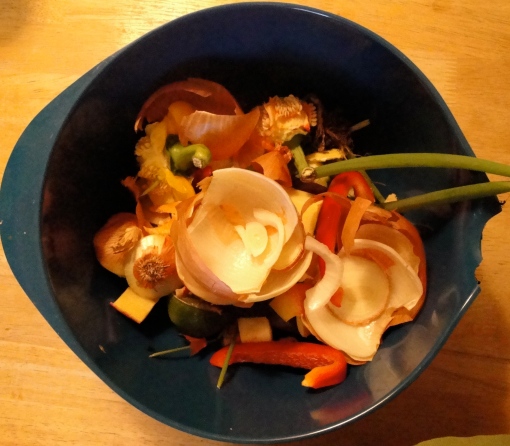The garden, and gardening tasks, have definitely moved into a new phase during the past week. Since writing my last post, I have harvested a pound of string beans and 2 pounds of squash. Plus about a pound of cabbage and 2 cups of basil. Oh, and 1 small yellow pepper, one jalapeno, and a scallion. Plus a bunch of those little red onions, purplette, about twenty the size of a dime. Still manageable, but I fear the worst. Since Friday, the garden has required daily harvesting. It’s amazing how quickly both green beans and squash can go from being not quite big enough to way too big. Today I went out early, before the worst of the heat started, and after dinner. In that time several squash went from too small, to just right, about 6-7 inches long. You can let everything go for a day or two, but you will start to get beans and squash that are way too big. Some stuff holds well in the garden, such as peppers and all the root vegetables. But the beans, cukes, and squash need daily vigilance.
This summer I have made a commitment to myself to use my produce, give it away, or compost it. Tonight while prepping the beans for a delicious string bean and carrot salad, I tossed several overgrown and too small beans straight into the compost bowl. You have to harvest too large beans, or they will slow the production of your plants. But you don’t have to eat them. Last night while thinking about starting the Fall garden (not time yet, but soon), I read in The New Organic Grower, by Eliot Coleman, that bush beans are easier, and quicker, to harvest than pole beans, and I completely agree. I tried to grow pole beans for a couple of summers, and found them completely annoying to harvest. With pole beans you have to keep going up and down, but with bush beans you just get down and work the patch, without the calisthetics. The string bean and carrot salad that I made tonight, roughly based on a recipe from Soup makes the Meal, by…, used up all the beans, the yellowish pepper, and the scallion. I steamed the beans, shredded 2 carrots from the fridge, chopped up the pepper and scallion, and then made a quick honey mustard vinagrette (with Dijon and cider vinegar). I’ve been mashing a garlic clove into a paste for my vinagrettes lately, I think it adds a nice pungency. Now I just have to figure out what to do with the squash.
While out in the garden getting parsley for the salad, I found a caterpillar! It was on the parsley and teeny. We’ve been observing the black swallowtails around the yard for a few weeks. Not a lot, which is too bad. I definitely noticed about 2 years ago that the butterfly population crashed. I have several butterfly bushes and they used to be swarmed with butterflies all summer. Not anymore. Well, we’ll give this one a bit of protection from predators, at least. In my parsley post I mentioned that we lost a caterpillar to drowning last summer, so this was a concern for me. My solution was to use a bottle with a small mouth for the parsley, like a bud vase. I’ll let you know how it turns out.

